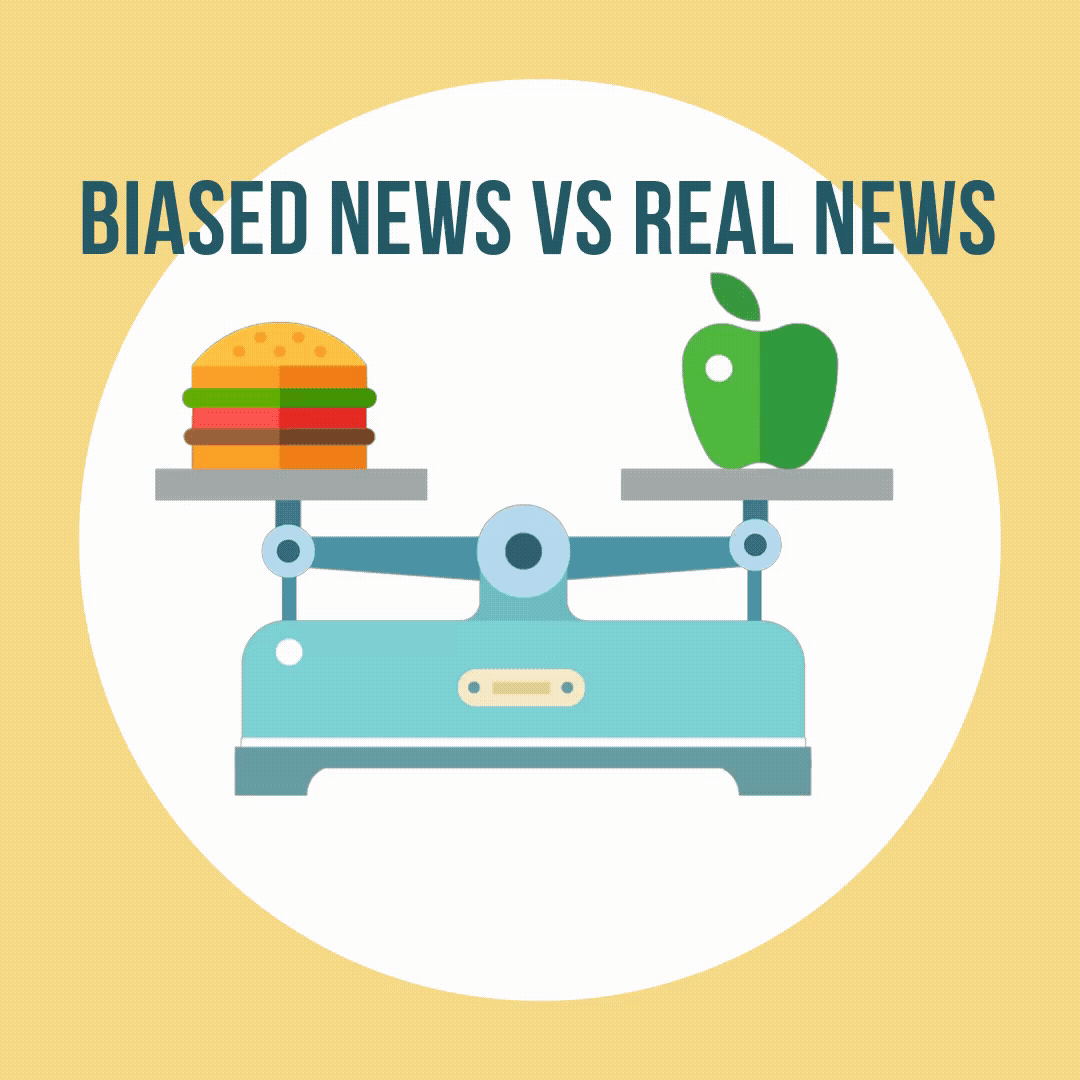
We all seem to have an obsession with biased news, a fascination with the extreme version of the facts. You’re scrolling through your daily news feed on your phone, perusing through the headlines without actually engaging in any of the reports or stories until suddenly one pops out at you. It’s something sensational, fiery, and maybe even a little derogatory towards the subject matter, or else talks about it like it’s the next best thing since sliced bread. You are drawn towards it like a moth to the flame, and you hungrily open the full article in order to devour whatever it has to say about the topic.
Why is it so often that so many of us are guilty of this behavior: ignoring factual and information-driven news stories in favor of something that’s flashier with opinion and bias? Do we even recognize the bias in those bigger, louder news sources, or does our own bias help cover it up, making it easier for us to accept it as fact, without a critical thought for it?
Biased News is Seductive
First and foremost, part of the problem lies with human nature itself; we are simply drawn towards the bigger, more flagrant pieces of news out there, the kind that makes our eyes pop and our imaginations run wild. We crave the new, the exciting, and the dramatic, simply because it is more interesting and entertaining.
So it makes sense that biased news tends to garner more attention and subscribers than unbiased sorts. Biased news usually plays things up, either by vilifying the opposition, or by deifying and aggrandizing those we already support, using overly exaggerated facts, and overinflated opinions. In fact, these puffed-up opinions are often sold as facts themselves. All of this is done with an eye-catching veneer of sensationalism in order to draw us in, and we of course love to eat it up.
Like Attracts Like
One of the reasons regular and rational Americans are so easily swept up by these flashy biased news sources, is because of the unmistakable fact that we are drawn towards the familiar and relatable. Unconsciously or consciously, we all prefer, and in fact feel safer and more comfortable, surrounding ourselves with those that share our opinions and ways of thinking. This extends to political leanings and views as well.
So news articles and stories that fall along with our own biases and political viewpoints, and especially the exaggerated ones, are going to resonate with us more than the ones that are more factual in their reporting.
Check out these news articles on the same topic, but opposite biases according to our AI, and see for yourselves:
| The Boston Globe | ← Abortion → | Fox News |
| CNN News | ← Afghanistan → | Wall Street Journal |
| Washington Post | ← Economy → | Real Clear Politics |
| BBC News | ← Covid-19 → | Breitbart |
| Business Insider | ← Immigration → | Associated Press |
| ABC News | ← Climate Change → | New York Post |
| New York Times | ← Taxes → | American Thinker |
This extends to the networks and media sources themselves. As most media companies trend more and more towards biases and political leanings over neutrality-based reporting, we are going to identify with and prefer these sources for our political news.
The Self-Feeding Cycle
According to Pew Research, 61% of Millennials report that they use Facebook as a primary source of news. As a media corporation and business, Facebook will, like any other business in a capitalist society, position its products for demand. They have entire teams dedicated to determining what we, their customer, want to hear from the news (in Facebook’s case they refer to it all as advertising), armed with consumer data and algorithms to get them that information. So biased news is simply a product of our own desire to hear biased news.
We provide the news networks and other media sources with the impetus to continue favoring prejudiced and at times unfair reporting. Cass Sunstein, a University of Chicago Law professor, found in a random survey of political websites that only 15% had links to sites with opposing views. These kinds of links and advertising are based on the number of times people follow them, so that percentage reflects reader consumption. As we take in this biased news, it only serves to reinforce our own existing biases and preferences, taking us to the point where we don’t even see the bias in ourselves anymore, instead of seeing the bias as facts. This in turn makes us more likely to seek out more of the biased news, and only the biased news. The cycle feeds on itself, again and again, growing and growing until there’s no escape in sight.
Check Biases for Yourself
In the end, the popularity of biased news over fact-based reporting is, in reality, a reflection of ourselves and our own biases. Biased news is an echo of a biased America, and that’s something that only we can fix by fixing ourselves. We have to put in the work to see and recognize our own prejudices, conscious and unconscious, and take the necessary steps to address and fix them. Once we have done that we then need the right tools to seek better sources for our news. Our Chrome Extension is one such tool, which allows you to bring out bias meter ratings with you to each website as you check the news. Simply install the extension, enable it on your browser, then sign in to your account.
With these tools, we can seek out better and more informed choices about what news we consume, avoiding the endless algorithms positioned to condition our biases. We can learn to recognize the difference between partial and impartial reporting, keeping ourselves better informed about the things happening in our country and around the world.






















